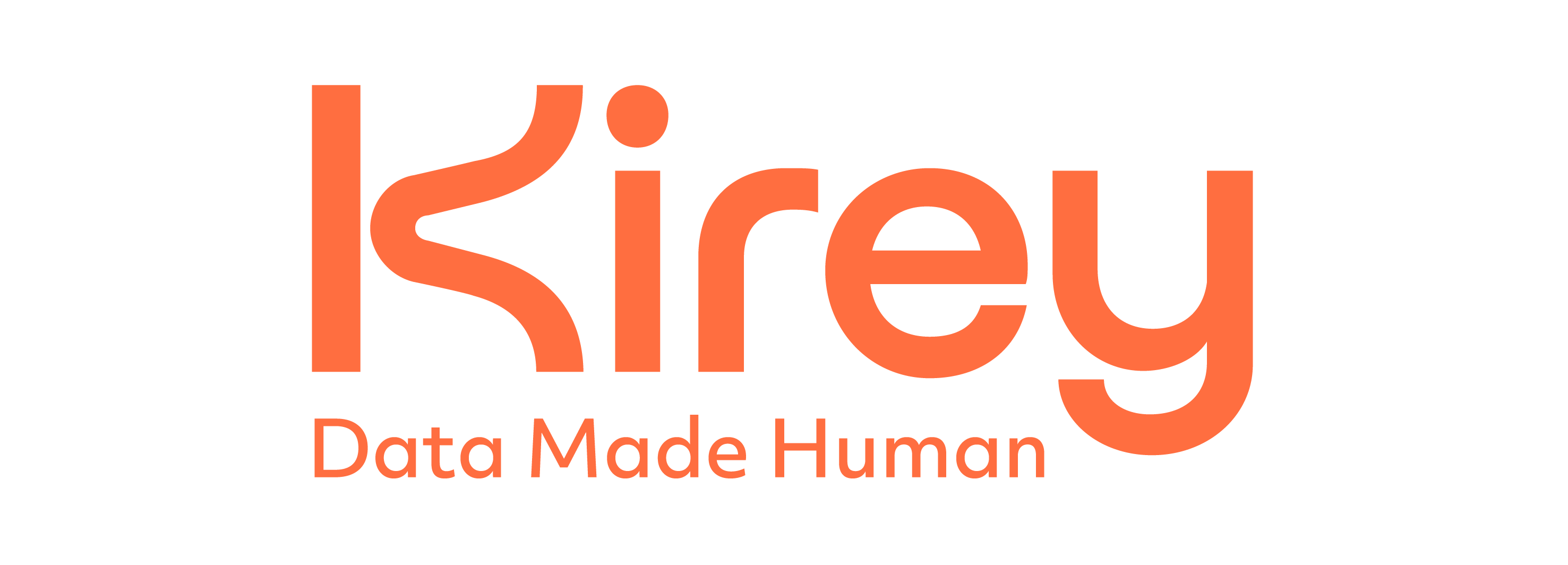Digital Workforce improves production, ensures continuous operation, performs complex tasks and reduces the time of execution.
In this way the workforce is concentrate exclusively and more profitably on innovation.
By Claudio Bottari, Chief Innovation Officer of Kirey Group
and Nicolò Saà, Strategic Alliances Director of Automation Anywhere.
The concept of automation has accompanied industrial development for over a century. Automation has been conceived as a new automatic handling necessary to increase production, which often required huge initial investments and long design times.
Over the years, in the production factories, automation has progressed thanks to the evolution of mechanical engineering. Its role has become crucial to speed up the processes and time to market of companies, ensuring their survival. Progressively the benefits have spread to all the different types of business up to meet the world of software in the phase of digital transformation.
For many years we have been talking about automation of tasks and processes also in the IT field, but until now only few companies have fully understood the benefits of this approach. Today on average only 10-20% of the software tasks are automated. Most of the processes are still done manually, even when tasks are extremely repetitive and time consuming. For example, to reconcile and manage a large number of financial practices in banking, as required of financial institutions in recent months; to deal with human resources management practices in compliance with deadlines and bureaucratic requirements; rationalise processes in order to offer new services in the insurance world.
We believe that there is no virtuous circle between the availability of innovative low-cost technologies capable of fuelling such automation, the demand on the part of the market and full awareness of the benefits of adopting this approach.
Mckinsey estimates that about a third of the activities affecting 60% of professions today could be automated. In fact, the demand meets the supply thanks to technology, in this time economically complex for the country. That’s why facing the digital transformation of your business and seizing new opportunities related to software automation is even more important.
From RPA to hyperautomation
According to data from The Innovation Group, the Robotic Process Automation (RPA) solution market estimated at $846 million globally in 2018 is expected to reach $5 billion by 2024, with an average growth rate of 34% over the period.
The escalation is due, in large part, to the speed and economy with which today automation takes place. Bots can be created in minutes at a minimum cost. They can be generated in cloud, they can be applied according to standards or on the basis of agreed use cases. Their adoption, in companies whose business is increasingly based on hybrid and heterogeneous applications and environments, becomes fundamental to fill the gaps that exist between the various silos at the front office, production or backoffice level.
Bots not only improve production, but also ensure continuous operation, perform complex tasks and greatly reduce the time spent on them to allow the workforce to focus on innovation.
To automate more and more activities, the RPA today meets machine learning and artificial intelligence. In this context, the combination of the skills of two players in the sector such as Automation Anywhere and Kirey Group reaches the highest levels.
The skills of Automation Anywhere, which follows the development of the RPA since its origins, the experiences of the Kirey Group matured especially in banking and insurance sector, and the research and development carried out by Kubris®, Kirey’s innovation center, lead to a continuous integration of innovative technologies to effectively scale the implementation of the RPA and generate more value, paving the way for new opportunities.
It is certainly no coincidence that Gartner places hyperautomation at the first place among the main technological trends of 2020, well aware that hyperautomation often leads to the creation of "a digital twin" within the organization, since "No single tool is capable of replacing human beings, but the combination of multiple tools can allow the latter to make more and more decisions supported by analytical and AI capabilities".
The RPA of the future, enhanced by new technologies, thus becomes an expert system on procedures and rules completed by the cognitive part, that enables intelligent robots to act with a certain autonomy, becoming a kind of additional arm to complete the activities of people.
Why Digital Workforce
Looking to the future of automation, a new era of collaboration between man and machine is now affirmed and the concept of "digital workforce" emerges.
Many are afraid of digital workforce because they fear mass unemployment, or the advent of a world where humans will be increasingly replaced by robots. But if it is true that up to 50% of jobs could be automated in the near future and that our work is bound to change profoundly, it is also true that only 5% of these jobs will disappear altogether.
The digital workforce, in fact, allows to increase the quantity and speed of some processes by increasing the percentage of success in the creation of quality products and services, to ensure that human resources can deal exclusively and more profitably with other activities, making the most of their work.
In this fourth phase of industrial transformation, the digital workforce will allow every human to carry out his work to the maximum potential. As more and more robots perform routine tasks, people will be able to take on new tasks that will arise within new disciplines such as robotic engineering, data analytics, cybersecurity, the Internet of Things, and more.
As the industrial era has required the availability of a large number of workers able to work manually in factories and grow companies, so the digital transformation will need a digital workforce with increasingly intelligent bots, empowered by new technologies to make business prosper even more.
